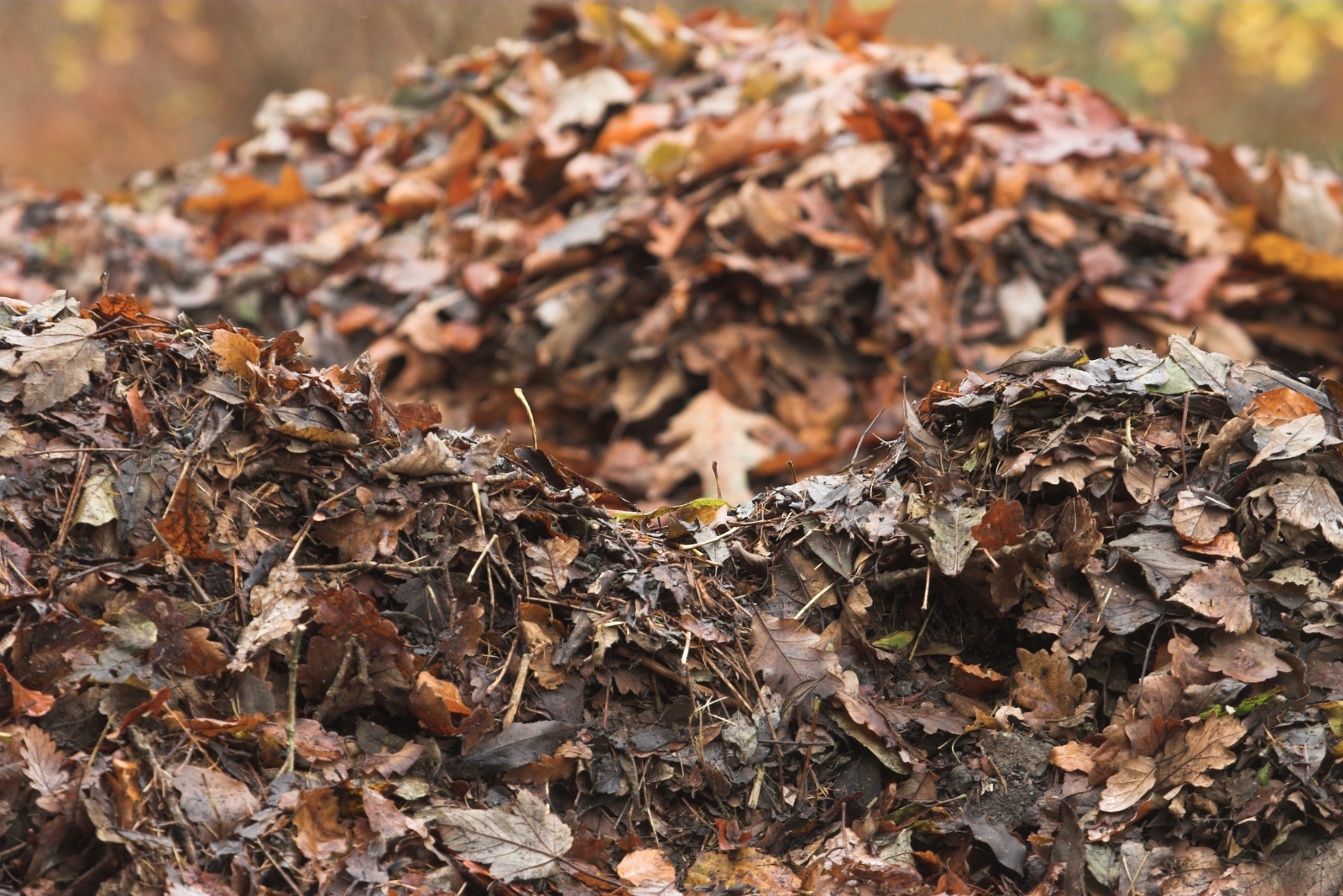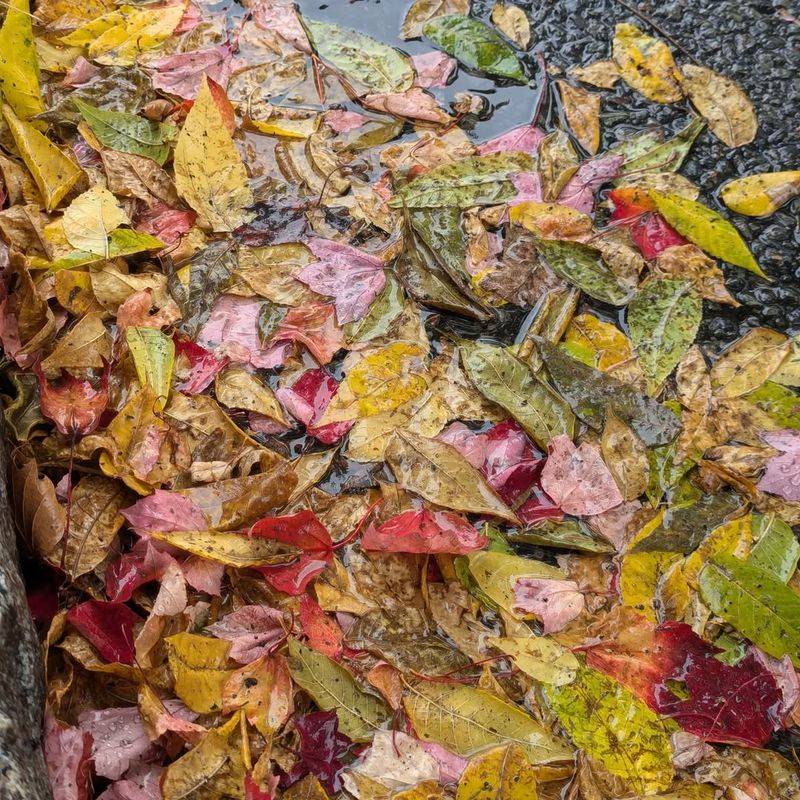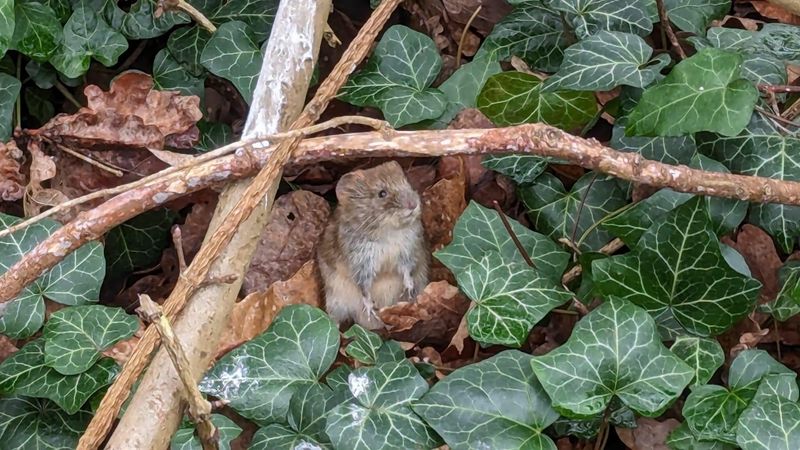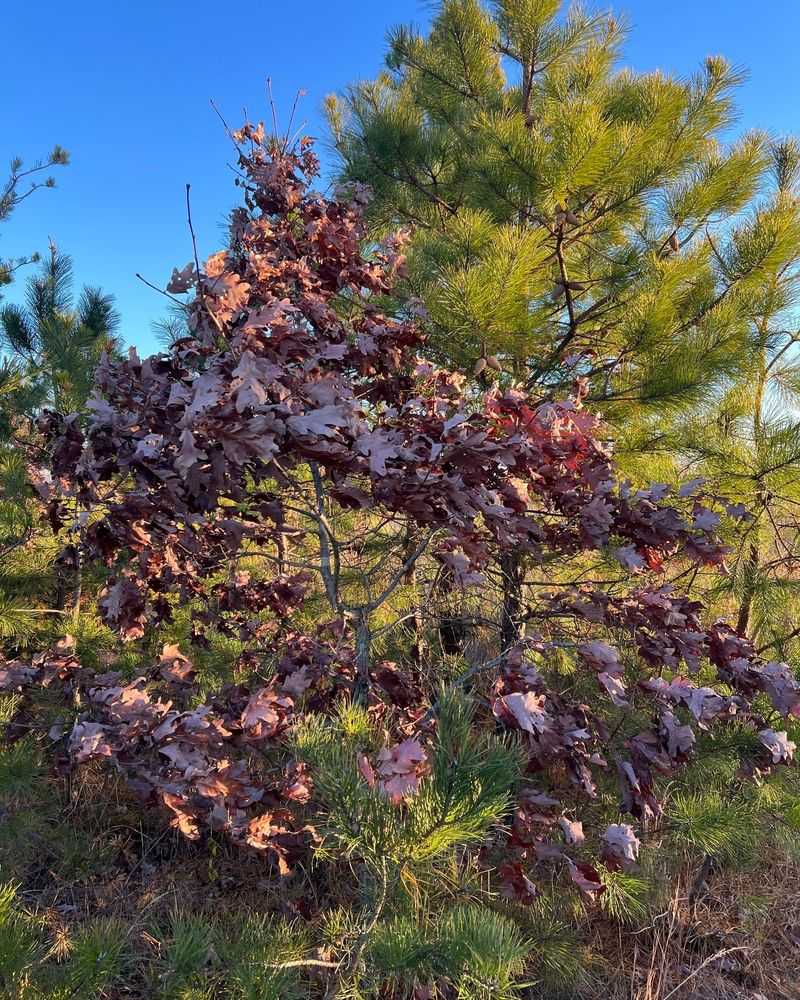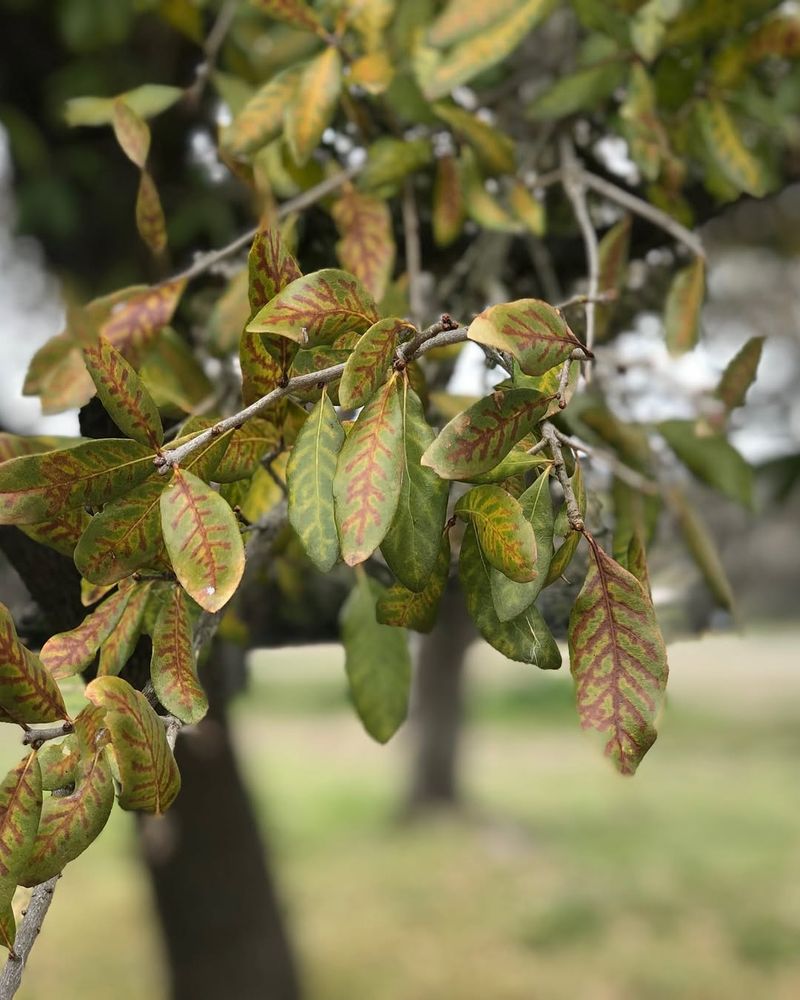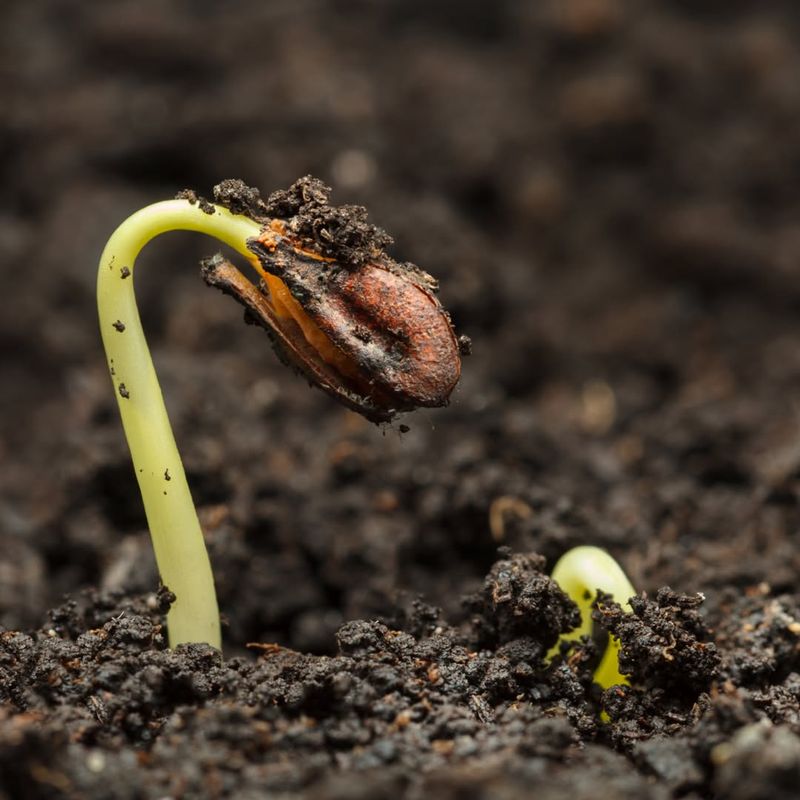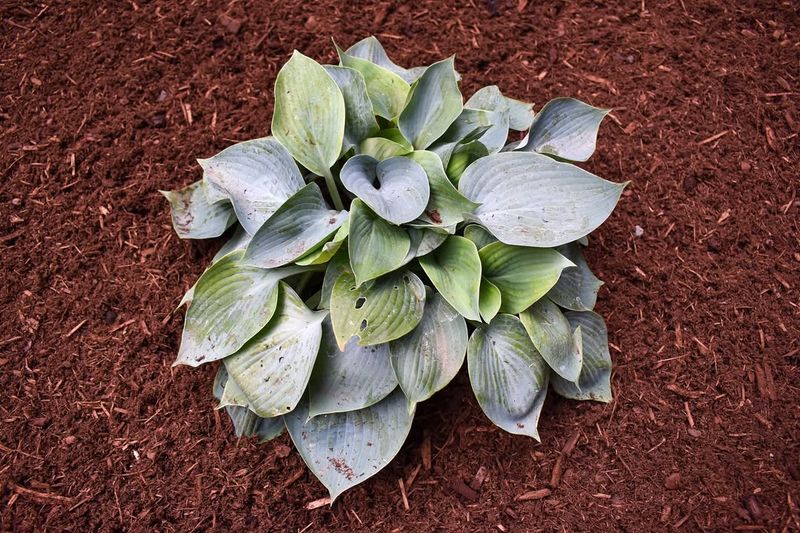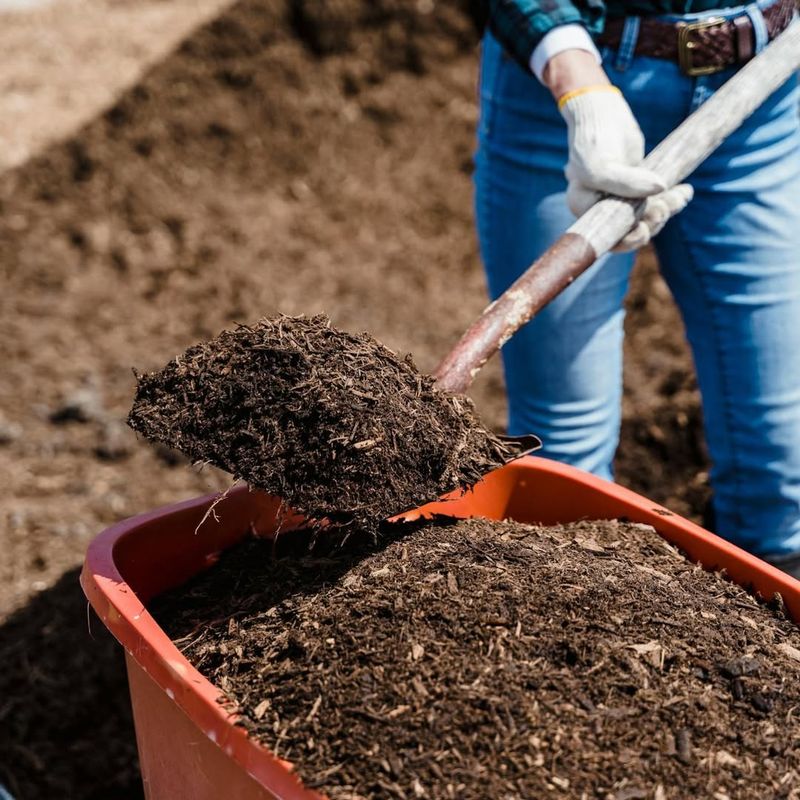Fall in Pennsylvania brings beautiful colors as trees shed their leaves. Many gardeners collect these fallen leaves to use as mulch in their gardens.
While this practice seems eco-friendly and cost-effective, there are several drawbacks specific to Pennsylvania’s climate and ecosystem that might make you think twice before spreading those leaves around your plants.
1. Matting Problems Block Water
Wet leaves in Pennsylvania’s rainy climate tend to stick together, creating a dense mat that prevents water from reaching plant roots. This barrier effect becomes particularly troublesome during spring showers when your garden needs proper hydration most.
Unlike commercial mulches designed for proper water flow, leaf mats can actually contribute to root rot and fungal diseases by trapping moisture against stems while paradoxically keeping it away from roots.
2. Perfect Hideout For Pests
Leaf piles create cozy winter homes for mice, voles, and other rodents common throughout Pennsylvania. These unwelcome guests will happily nest near your plants, munching on roots, bulbs, and bark when food gets scarce.
The damp environment under leaf mulch also attracts slugs and snails that can decimate young seedlings once spring arrives. Pennsylvania’s moderate winters often allow these pests to survive and thrive beneath your leaf layer.
3. Oak Leaves Slow Decomposition
Pennsylvania’s abundant oak trees produce leaves containing high levels of tannins and lignin. These compounds significantly slow down decomposition, meaning your oak leaf mulch might still be intact months later when you want to plant.
While slow breakdown sounds beneficial for long-lasting mulch, it actually ties up nitrogen in the soil as microbes work overtime to break down the tough leaves. This nitrogen deficiency can stunt plant growth during critical development periods.
4. Disease Transmission Risks
Fallen leaves often harbor fungal spores and bacteria from common Pennsylvania tree diseases like apple scab, anthracnose, and powdery mildew. Using these infected leaves as mulch spreads these problems directly to your garden beds.
The humid Pennsylvania summers create perfect conditions for these diseases to flourish once established. Breaking this cycle requires proper disposal of affected leaves rather than recycling them into your garden as mulch.
5. Weed Seeds Hitchhike Inside
Fall leaves in Pennsylvania often contain thousands of weed seeds that have landed on their surfaces. When you spread these leaves as mulch, you’re unknowingly creating the perfect germination conditions for next season’s weeds.
Unlike commercial mulch that’s processed to eliminate weed seeds, raw leaf mulch can actually increase your weeding workload. The light, airy nature of leaf mulch provides ideal pockets for airborne seeds to settle and sprout.
6. Acidic Soil Changes
Many Pennsylvania trees, especially pines and oaks, drop needles and leaves that gradually increase soil acidity as they decompose. This pH shift can be problematic for vegetables and flowers that prefer neutral to alkaline conditions.
Testing reveals that continued use of leaf mulch from these trees can drop soil pH below optimal levels for many garden plants. Pennsylvania’s naturally acidic soils in many regions makes this effect even more pronounced over successive seasons.
7. Winter Freeze-Thaw Complications
Pennsylvania’s fluctuating winter temperatures create frequent freeze-thaw cycles that affect leaf mulch differently than commercial alternatives. Leaves tend to heave and shift during these cycles, exposing plant roots to damaging cold temperatures.
The insulating properties of leaf mulch can also confuse plants about seasonal timing. Perennials may break dormancy too early during a warm spell, only to be damaged when temperatures plummet again—a common occurrence in Pennsylvania’s unpredictable late winter.

